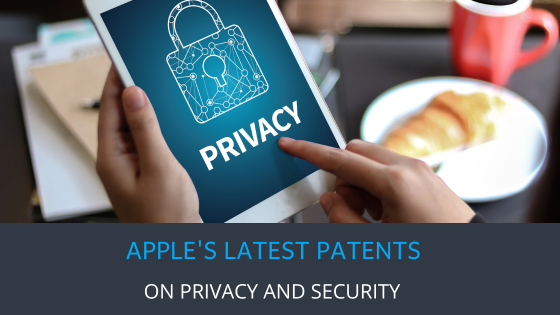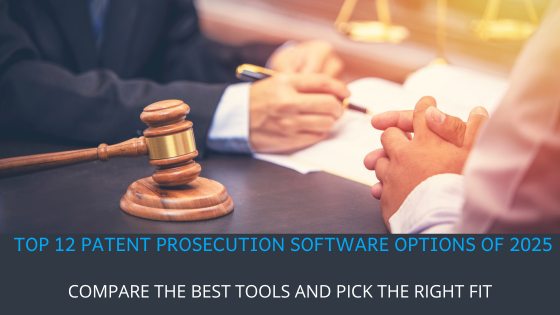In an era where privacy and security are paramount, Apple continues to lead the way with innovative solutions designed to protect users’ data and enhance their digital experiences. The latest patents reveal groundbreaking advancements in head-mounted devices, identity credential release, and authenticated interface interactions.
Here’s a detailed look at Apple’s newest patents that emphasize their commitment to privacy and security.
Enhancing Privacy in Head-Mounted Devices (US20240187554A1)
Patent US20240187554A1 focuses on Head-Mounted Devices with Forward-Facing Cameras and Privacy Features. As head-mounted devices become more prevalent in both consumer and professional settings, privacy concerns naturally arise. This patent outlines a system that incorporates forward-facing cameras equipped with advanced privacy features, ensuring users can enjoy immersive experiences without compromising their privacy.
The technology involves mechanisms that control the cameras’ functionality, preventing unauthorized access and usage. This innovation is particularly crucial for applications in virtual and augmented reality, where sensitive information might be displayed or captured. By integrating robust privacy controls, Apple sets a new standard for head-mounted devices, prioritizing user privacy alongside cutting-edge technology.
Also Read: 5 Apple’s Latest Patents around Display Technology and Optics
Controlled Identity Credential Release (US20240184879A1)
US20240184879A1 introduces a system for Controlled Identity Credential Release, addressing the growing need for secure and controlled sharing of identity information. This patent describes a method for managing the release of identity credentials in a controlled and secure manner, ensuring that personal information is shared only with authorized entities.
The system involves the use of secure elements and cryptographic techniques to manage the release of credentials. This approach not only protects users from identity theft but also ensures that their personal information is handled with the utmost care. As digital identities become increasingly important, this innovation highlights Apple’s dedication to providing secure and user-friendly solutions for identity management.
Authenticated Interface Element Interactions (US20240187395A1)
Patent US20240187395A1 details Authenticated Interface Element Interactions, a technology designed to enhance the security of user interactions with interface elements. This patent describes methods for authenticating user interactions with various interface elements, ensuring that only authorized users can access certain functionalities or information.
The system uses advanced authentication techniques, such as biometrics or secure tokens, to verify the user’s identity before allowing interaction with critical interface elements. This innovation is particularly relevant for applications that handle sensitive data or require high security levels, such as financial transactions or personal information management. By ensuring that interactions are authenticated, Apple enhances the overall security of digital experiences.
A Glimpse into Apple’s Vision for Privacy and Security
Apple’s latest patents underscore their unwavering commitment to advancing privacy and security in the digital age. Each patent addresses specific challenges in protecting user data and ensuring secure interactions, reflecting Apple’s holistic approach to innovation.
From enhancing privacy features in head-mounted devices to developing systems for controlled identity credential release and authenticated interactions, Apple is setting new benchmarks in privacy and security. These innovations are not only technologically advanced but also user-centric, ensuring that privacy and security are seamlessly integrated into everyday digital experiences.
Unlocking Innovation with TriangleIP’s TIP Tool™
In the fast-paced world of technology, managing and protecting intellectual property is crucial. TriangleIP’s TIP Tool™ offers a robust solution to streamline this process, ensuring your ideas are safeguarded and strategically aligned with business goals.
Centralize and Simplify
The TIP Tool™ provides an all-in-one platform to streamline ideation and patent management, making it easier to align your intellectual property with your business objectives.
Foster Collaboration and Engagement
By safeguarding ideas and cultivating a culture of continuous innovation, the TIP Tool™ encourages team involvement from concept to patent filing.
Make Data-Driven Decisions
With insightful dashboards offering a clear snapshot of your patent portfolio, the TIP Tool™ guides decisions on which patents to develop, maintain, or abandon, providing actionable insights on patent prosecution strategy.
Key Features to Consider:
- More Disclosures: Inventor-friendly forms increase invention reporting.
- Pipeline Visibility: Get insights into your enterprise’s patent process at a glance.
- Real-time Collaboration: Facilitate team brainstorming with an interface similar to Google Docs.
- Cost Prediction: Anticipate patent approval odds and long-term costs.
- USPTO Updates: Automated status reports for all your patent applications.
Elevate your innovation game securely and strategically with TIP Tool™—your essential tool for streamlined, data-driven patent management. Explore the TIP Tool™ for free today and take the first step towards transforming your ideas into reality.
Conclusion
Apple’s latest patents on privacy and security demonstrate their ongoing commitment to protecting user data and enhancing the digital experience. By addressing key challenges and introducing innovative solutions, Apple continues to lead the way in creating secure and user-friendly technologies.
With tools like the TIP Tool™, innovators can protect their ideas and strategically navigate the rapidly evolving tech landscape. The future of privacy and security is here, and Apple is at the forefront, ensuring that digital interactions remain safe and secure for all users.




